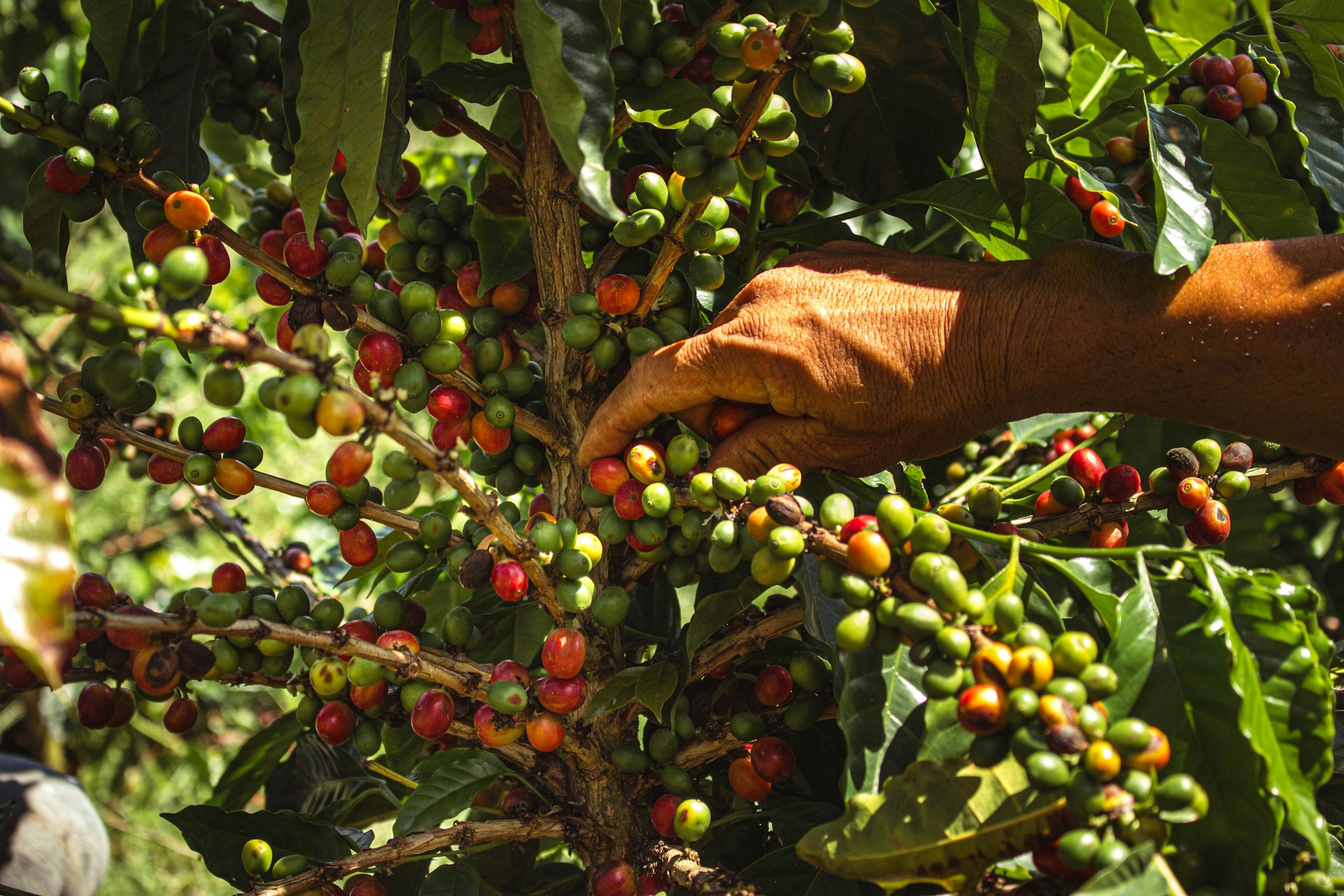Several factors influence the taste of your favourite brew. From the type of coffee and the roast level to water temperature and brew time, making a great tasting coffee is an art, with numerous stages involved along the way.
One of the key factors that impacts coffee flavour is the environment where it is grown. Various countries and regions are known for producing coffee with a particular profile, highlighting the significance of regional differences and environmental conditions when it comes to a cup of coffee’s characteristics.
Environmental Factors that Affect Coffee Flavour
You can tell a lot about where your coffee has come from by its taste. Various environmental and climate factors work in tandem to determine the flavour of a particular coffee.
Coffee Origin
The part of the world where the coffee is grown will have a major impact on the individual attributes of the beans. Coffee grows best in regions located in what’s known as the ‘bean belt’, which covers areas between the Tropics of Capricorn and Cancer. Coffee plants thrive in warm, humid climates like those within the belt.
The flavour of the beans in these areas will come down to the local terroir. The term ‘terroir’, also used in the wine industry, refers to a region’s environmental and agricultural factors that influence the various characteristics of the coffee beans grown there.
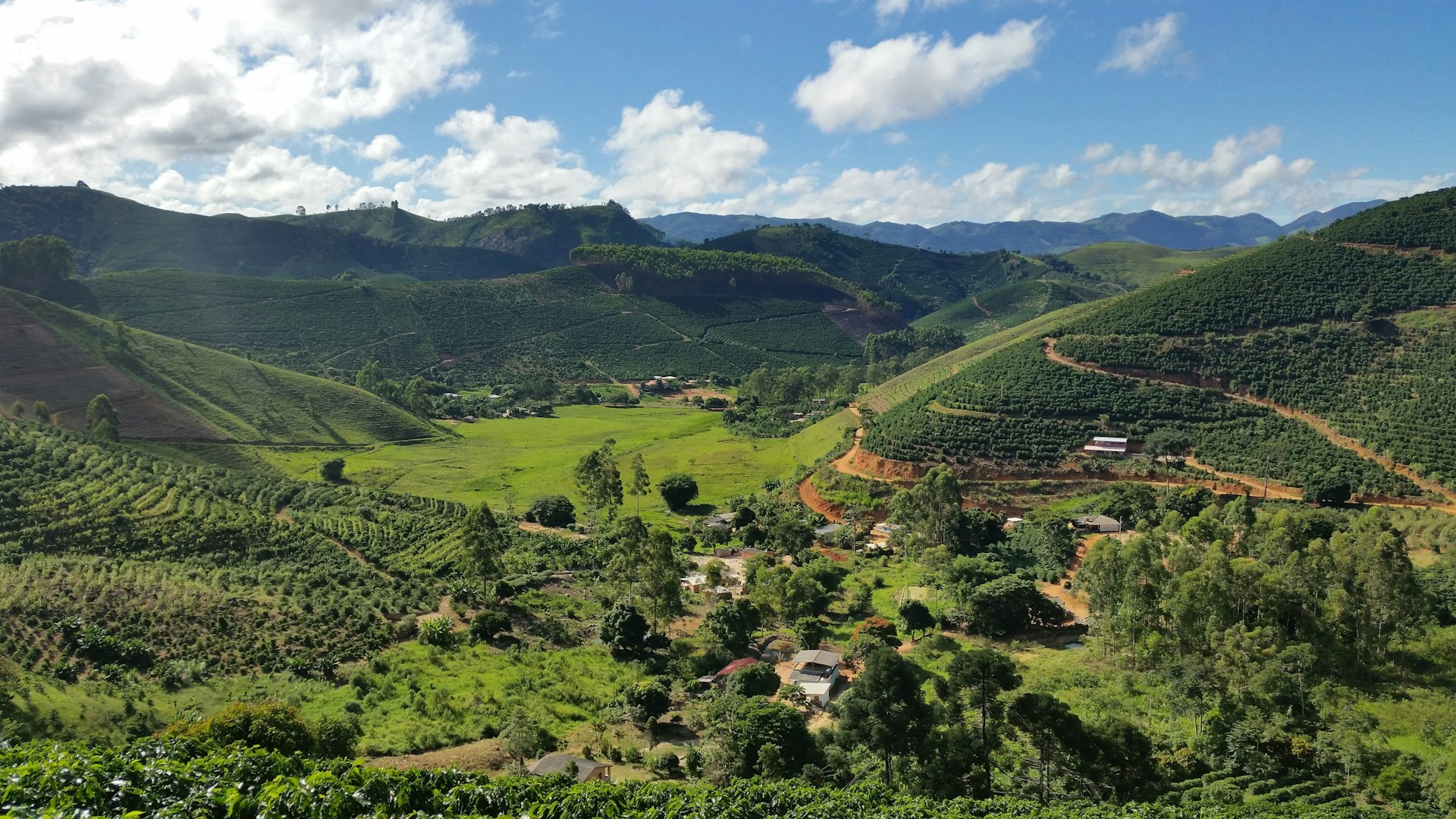
Soil
The quality of the soil itself will have an impact on flavour, shaping its profile. Fertile, nutrient-rich and well-drained soil is essential for growing healthy, flavourful coffee beans. Different kinds of soil will produce beans with slightly different flavours.
For instance, volcanic soil can produce beans with higher acidity and desirable fruity or sweet flavours, while sandy soil may leach nutrients, leading to lighter-bodied coffee.
The practice of agroforestry (where trees and other plants are planted alongside crops) helps promote biodiversity, which is also great for maintaining soil fertility and quality.
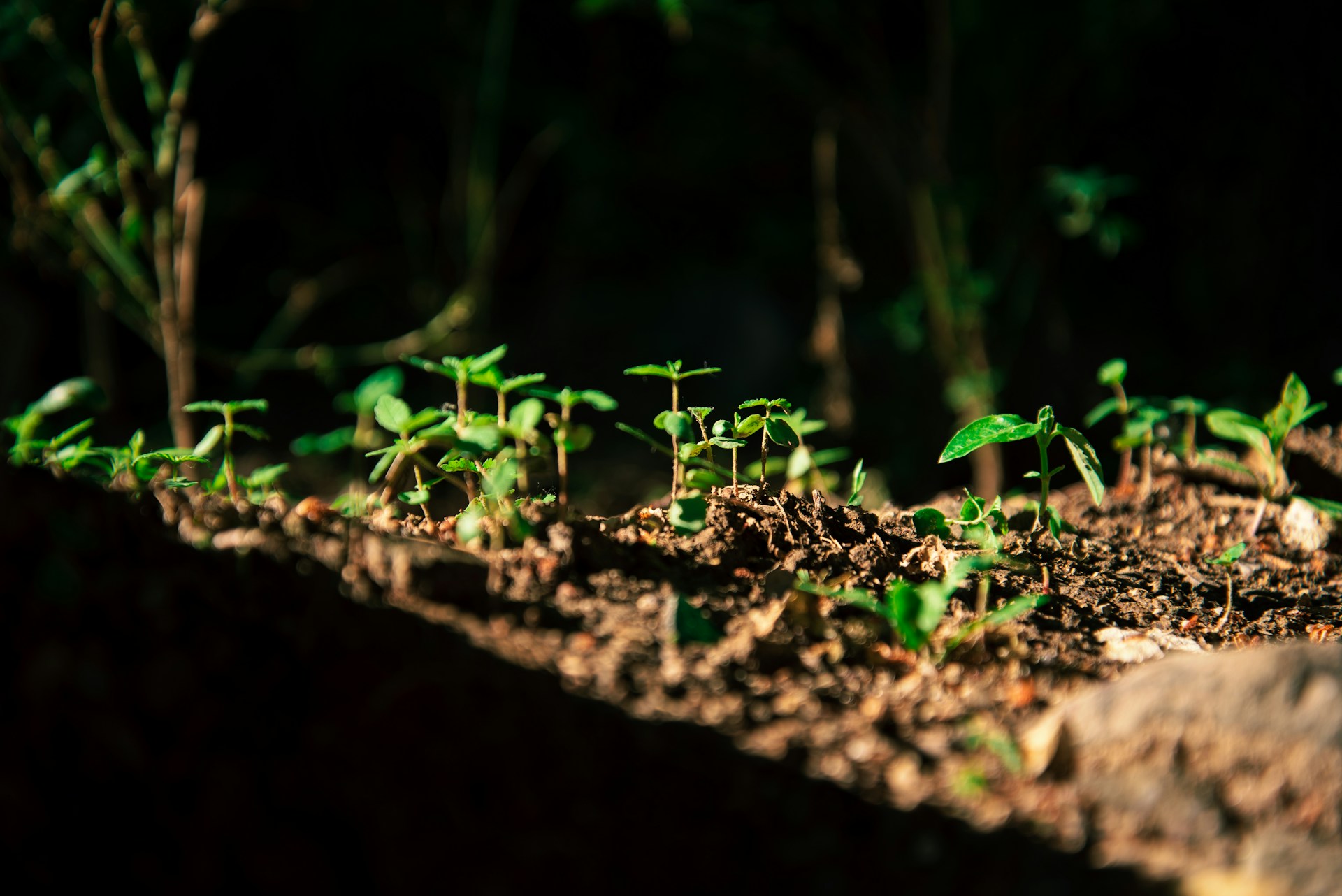
Altitude & Elevation
Going hand in hand with the local soil and general terrain is the altitude at which the coffee is grown. The colder temperatures at higher elevations slow down coffee growth, which means the beans and their sugars can take longer to develop.
Therefore, coffee grown at higher altitudes generally has a brighter acidity and complex floral or fruit flavours. As the elevation decreases, the coffee tends to become less sweet and can have an overall milder flavour.
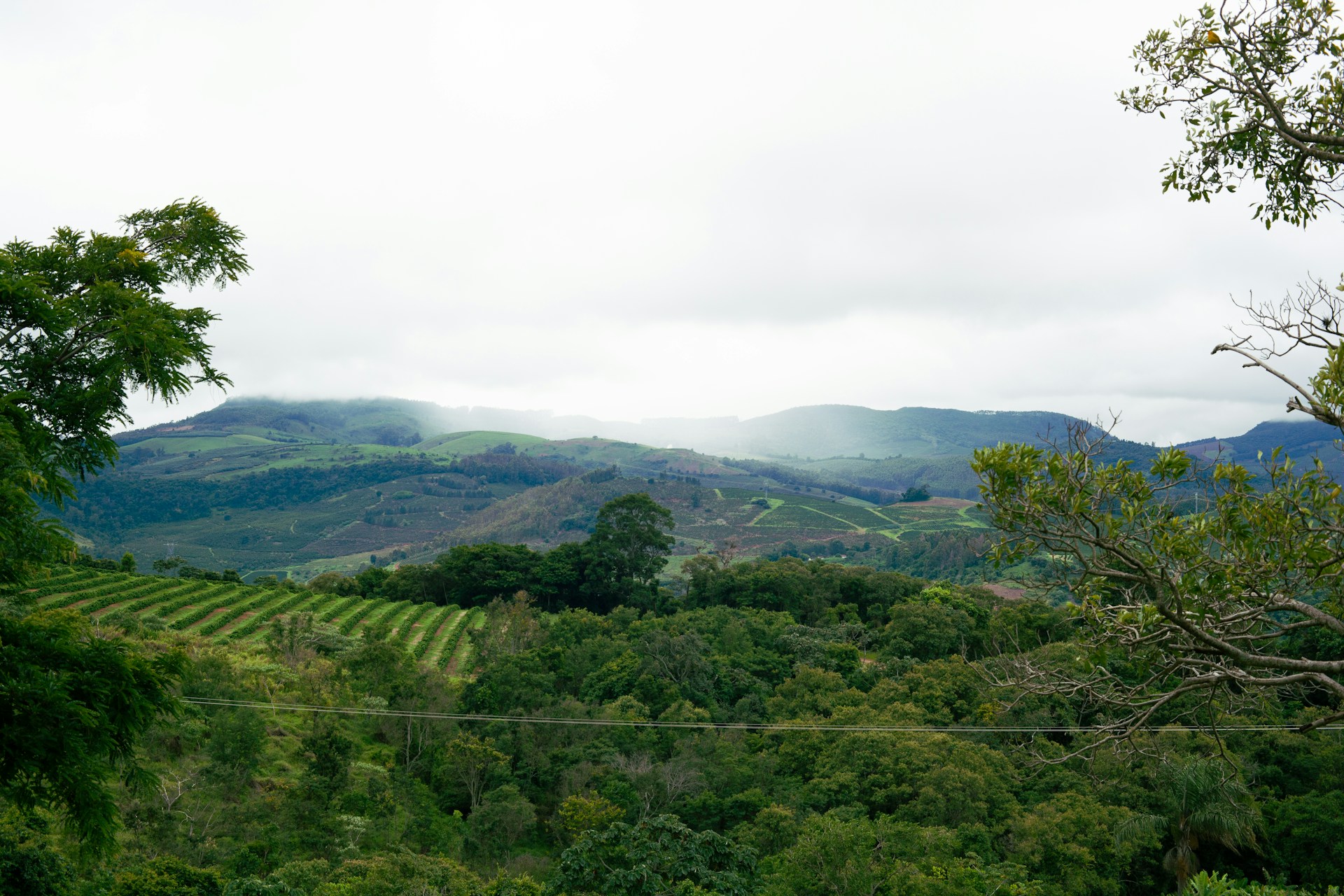
Rainfall
Like any crop, coffee plants require the right amount of rain to grow to their full potential and provide the right flavour. Coffee prefers regions that have distinct wet and dry seasons, providing the perfect level of rainfall. Too much rain can mean the beans develop faster, providing a milder flavour, while more moderate rainfall levels allow for slower growth, which lets the sugars develop more, resulting in sweeter beans.
Similarly, humidity and ambient air temperature will have an effect on the growth and final flavour.
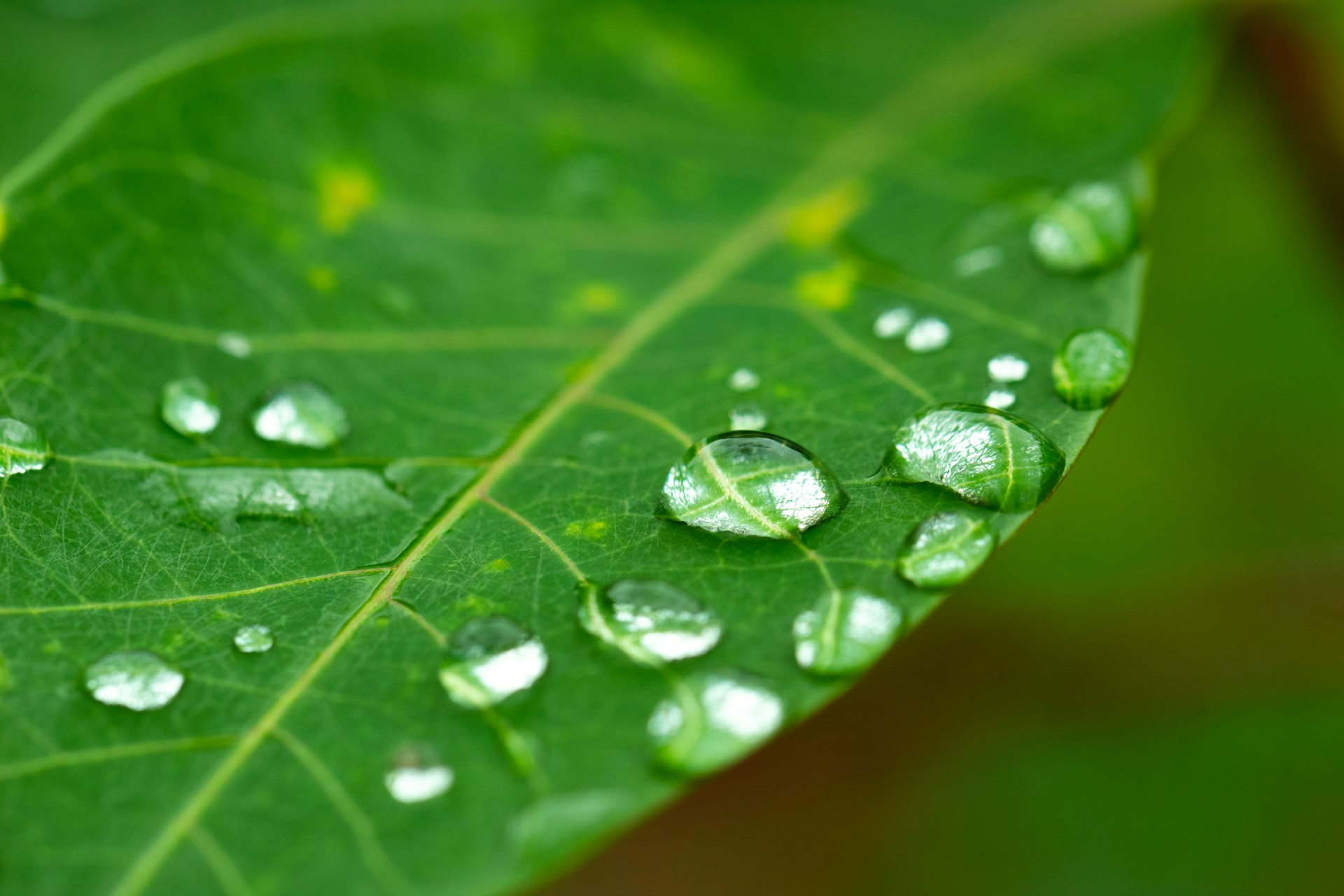
Sunlight
Other weather-based factors to consider include exposure to sunlight. Coffee plants are generally happiest in relatively bright environments, but outside of direct light (i.e. shaded under trees or at higher altitudes with intermittent sunlight). Excessive sunlight exposure can not only speed up the maturation of the plants but also cause dehydration and damage.
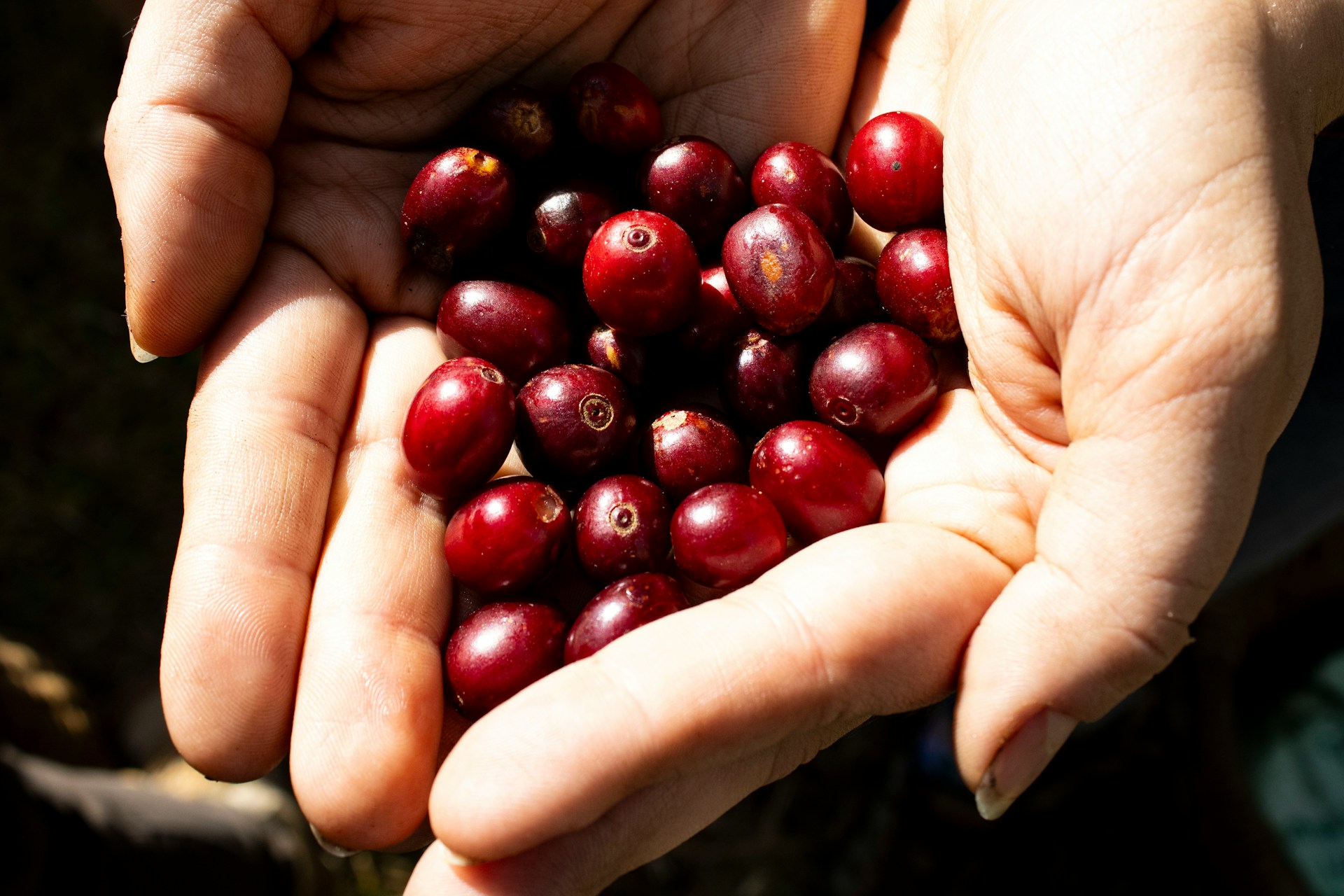
Coffee Flavour By Country
There are several main coffee-producing countries, each with a distinct climate and potential coffee flavour profile. There can also be quite a lot of diversity within a country, with different growing regions cultivating coffee with varying tasting notes.
Ethiopia
Often hailed as the birthplace of coffee, Ethiopian coffee tends to be grown in shady forests with good rainfall/humidity and altitudes of around 1200-2100 meters. Ethiopian coffee is generally known to have bright fruity flavours with citrus and berry notes, including blueberry, and a light or medium body.
Kenya
Kenya is known for having volcanic soil at high altitudes, ideal for growing coffee with complex flavours. Kenyan coffee offers sweet and clean fruit flavours with a bright acidity and full body. Notes may include lemon, grapefruit, blackcurrant and bergamot.
Brazil
Brazilian coffee-growing areas tend to have slightly lower altitudes than various African regions, with high seasonal rainfall and moderate temperatures. The favourable climate has made Brazil the top coffee grower worldwide, with the state of Minas Gerais being a particularly productive area. Coffee grown in Brazilian regions is usually described as having chocolatey and nutty notes with lower acidity.
Colombia
Colombian coffee is grown at high altitude at cooler temperatures with regular rainfall. This, combined with volcanic soil, produces smooth, medium-bodied coffee with notes of sweet caramel, chocolate and hints of citrus.

India
India has several key coffee-growing regions that enjoy warm temperatures and high rainfall in the Monsoon season, followed by a dry spell. Indian coffee is grown in the shade and may often be planted alongside spices like cinnamon and nutmeg, which can influence the aroma of the coffee. This environment can result in full-bodied, high-acidity coffee with earthy, spicy and fruity flavours.
Vietnam
Most Vietnamese coffee is grown in the Central Highlands, where the warm tropical climate is characterised by distinct dry and wet seasons and the landscape offers rich volcanic soil. It has a bold, rich flavour with hints of chocolate and nuts, with a good balance of bitter and sweet notes. Vietnamese coffee is often enjoyed with condensed milk.
Indonesia
With numerous mountainous regions and the right tropical climate, various Indonesian islands are especially well suited for coffee production. The high altitudes and volcanic soil here create heavy-bodied coffee with rich, earthy, smoky and woody flavours.
The Impact of Climate Change on Coffee Production
As environmental factors have such a significant impact on a coffee’s final flavour, climate change is becoming an increasingly important issue in the coffee industry.
Fluctuating temperatures and unpredictable weather can make producing the same yields of superior quality more and more challenging for coffee farmers around the world.
As these issues become more prevalent, various organisations and coffee farming communities are doing important work to combat the effects of climate change. This includes adopting sustainable farming methods like agroforesting and more efficient irrigation, developing more resilient coffee varieties and investing in research and development programmes dedicated to making meaningful differences in the industry.
As an ethical coffee shop franchise, we work closely with various farming cooperatives that help farmers adopt sustainable methods like this, supporting their local environments and communities.
Each of our stores is proud to serve organic, Fairtrade-certified coffee with a great story behind it. Try for yourself at your local Esquires coffee shop!
